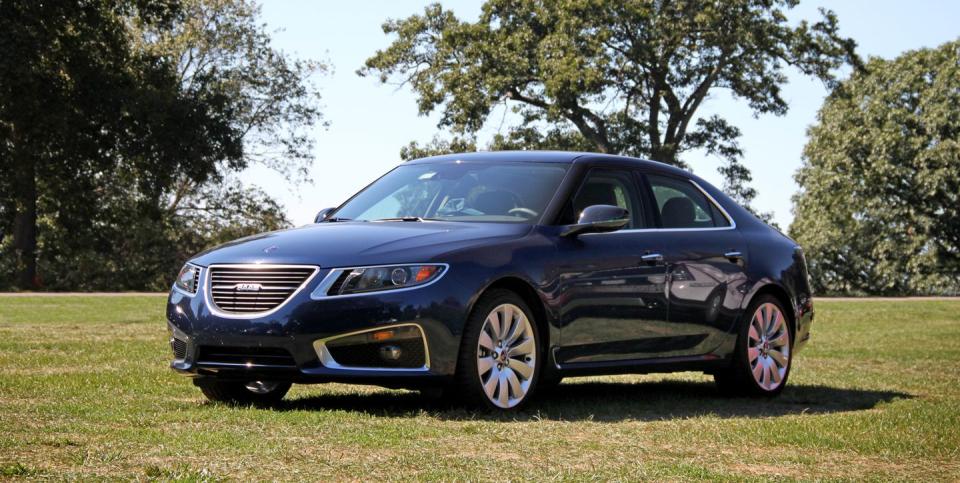Would You Buy a Daily Driver from a Brand That's No Longer Around?

There are plenty of cars on the roads today from brands or even automakers that no longer exist, and we mostly have the decade-old auto industry crisis to thank for this. But since cars are living longer and longer these days, and with the average ages of cars on the road today rising almost every year, it's entirely possible to own a daily driver from a brand that's been gone for a decade or more.
But that wasn't always the case, even in the recent past: When an automaker abruptly left in the 1990s, it was not a pretty sight for owners stuck with their cars.
There are some very painful historical examples. When Chrysler bought the remains of AMC it also found itself in a contract to produce and sell the Renault Medallion and what would have been the Renault Premier, which it didn't really want to do and its dealers didn't want to do either. So after a few years selling the cars as Eagle Medallions, Dodge Monacos and Eagle Premiers, Chrysler-Jeep-Eagle dealers were not exactly enthusiastic about servicing the cars. Fast forward 25 years after Eagle's demise and now there's yet another reality to contend with: Where do you find a mechanic still in practice today who had worked on Medallions or any other Renault-designed vehicles that Chrysler sold when they were new?
A similar thing happened to Peugeot owners after the brand exited the country late in 1991. Some kept their service departments going for a few years, but quickly wanted to get out of that business, selling off or discarding all service literature and parts after a few years. Peugeot kept an office in New Jersey until about a decade ago to help owners source parts, but as the number of Peugeots in daily use dwindled to its current level, that operation became less needed. More than 25 years after Peugeot left the U.S., finding a mechanic who worked on those cars when they were new is a tall order, even in regions where there were a lot of Peugeot dealers.
And that brings us to Saab. A handful of dealers in traditional Saab strongholds in the northeast had bought up all the new, unsold Saabs after the company suddenly imploded in late 2011. This meant that even through 2015 you could still get a new Saab from these dealers with delivery miles, at ever-increasing discounts. The dealers kept their service operations going as there were still plenty of Saab on the roads, at least in the northeast, so it made sense to maintain a service department.
So Saab parts did not become unobtainium overnight, because GM still existed, and there were still plenty of mechanics who had worked on Saabs back when the company existed. A decade out from Saab's demise, you could still find examples with low mileage and if you live by a Saab service operation you could still get your car serviced at a former Saab dealer a full decade after the factory closed its doors.
But that door is in the process of closing, and in another five years there will be fewer and fewer Saabs on the roads as the youngest cars reach a decade and a half. Another five years after that it's going to be harder yet to find mechanics who worked on Saabs when the factory was still in operation; mechanics tend to move on to dealership service centers that are more alive.
Would you buy a daily driver from a brand that no longer exists, or do you even own one now?
Sign up for comments and let us know.

 Yahoo Autos
Yahoo Autos 